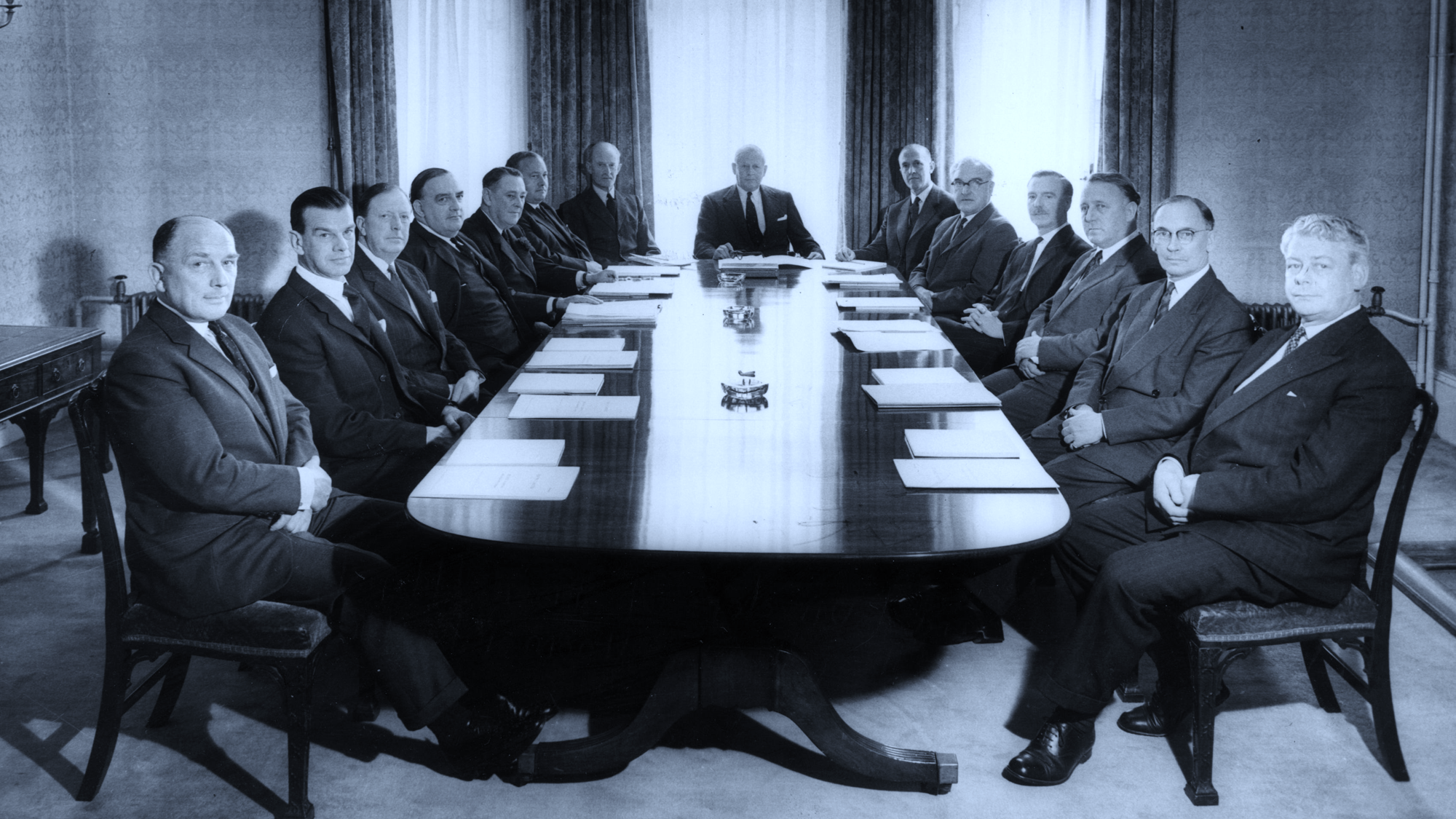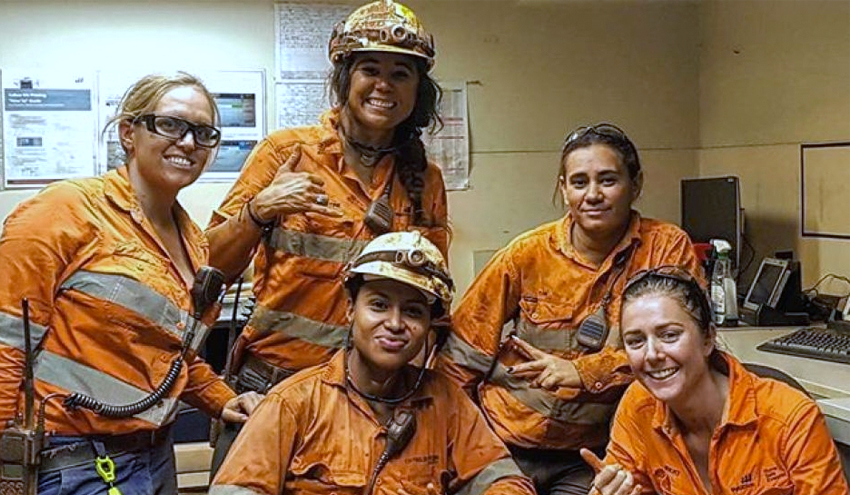
The median gender pay gap between women and men has increased to an average of 17.3% based on gender pay gap reports for the largest companies in 14 sectors of the global economy. This means the median income for a man is typically 17.3% more than the median income for a woman. We find no correlation between gender pay gaps and the commercial performance of companies. When we analyse gender pay gaps across sectors we find evidence that gender pay gaps exist between sectors. In sectors with wide gender pay gaps, companies are finding it difficult to attract and retain top female talent.
Data Sources: Audited annual reports of companies for 2022. Diversity, Equity & Inclusion (DEI) reports of companies for 2022. UK gender pay gap service for 2022. In instances where a non-UK parent company did not disclose their gender pay gaps in their annual or DEI reports, the gender pay gap disclosures were taken from of the UK gender pay gap service reports for their UK subsidiary. In the instances where a non-UK parent company has several UK subsidiaries their gender pay gaps are calculated as a simple average of their UK gender pay gap service disclosures https://gender-pay-gap.service.gov.uk/
The global workforce is dominated by men who represent 71% of people in employment. In the past 10 years, the growth of women in the workforce has been increasing a rate of 1% to 2% per year. Companies in Europe and North America have the largest representation of women in the workforce and the narrowest gender pay gaps compared to other continental regions. The healthcare sector has the narrowest gender pay gap where men typically earn 6% more than women. The transportation sector has the widest gender pay gap where men typically earn 34% more than women.
Over the last 10 years the gender pay gaps across the labour market has narrowed by approximately 25%. The structure of global labour market shows that there are more women in part-time jobs compared to full-time jobs, and part-time jobs have a lower median pay compared to full-time jobs. We find more men in senior leadership roles that command a higher median pay compared to other roles. We also find that women are less inclined to choose a career path in sectors where women are paid less than men.
There is a generational gender discrimination problem still exists as evidenced by the gender pay gap for different age groups. We see a lower representation of women moving into higher paid managerial roles after the age of 39 years. For employees aged 50 to 59 years, the gender pay gap is wider compared to younger peer-groups. The gender pay gap is widest for employees aged 60 years and older. This provides strong evidence that generational gender discrimination still exists and the gender pay gap in older workforces needs to be addressed.

Businesses are starting to research the benefits of socially inclusive workforces. The qualitative research shows that more inclusive workforces demonstrate higher levels of collaboration and innovation in solving operational and commercial challenges. Whilst there is no empirical evidence to support any theories that higher gender diversity and inclusivity metrics lead to increases commercial performance there is empirical evidence that higher gender diversity and inclusivity metrics within countries leads to more political stability, less economic volatility, and more sustainable growth.



copyright Authentic Evidence Limited
Arla Foods is a multinational cooperative headquartered in Denmark. It is one of the largest agricultural businesses in the world and the 5th largest dairy company in the world. The company has been improving it gender diversity and inclusivity metrics over the past 5 years. In the same timeframe it has increased revenues by 32% and reduced lost time injuries per million hours worked by more than 50%. In the UK, the company has achieved income parity for all genders and it has become a market leader for dairy products. This is market leading example of measurable progress.
Attracting and retaining top female talent in sectors with wide genders pay gaps is a challenge for businesses operating in these sectors. One of the main reasons why women do not choose to join specific companies, or sectors is because they are aware of gender pay gaps and gender discrimination. The macroeconomic evidence shows that when women feel economically empowered to contribute an economy there is greater political stability, less economic volatility, and more sustainable growth. We can apply this to businesses to create market leading companies in the UK.